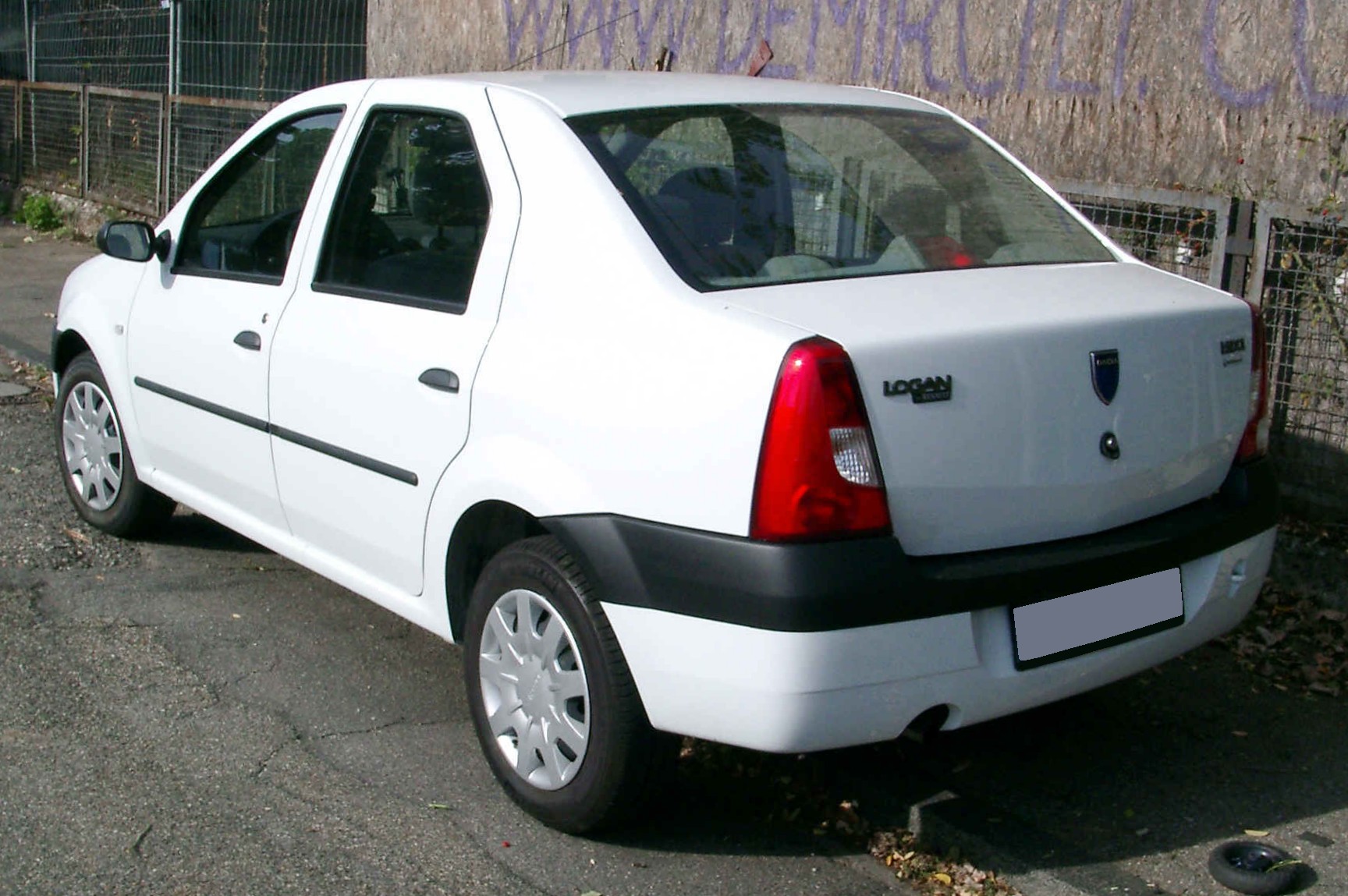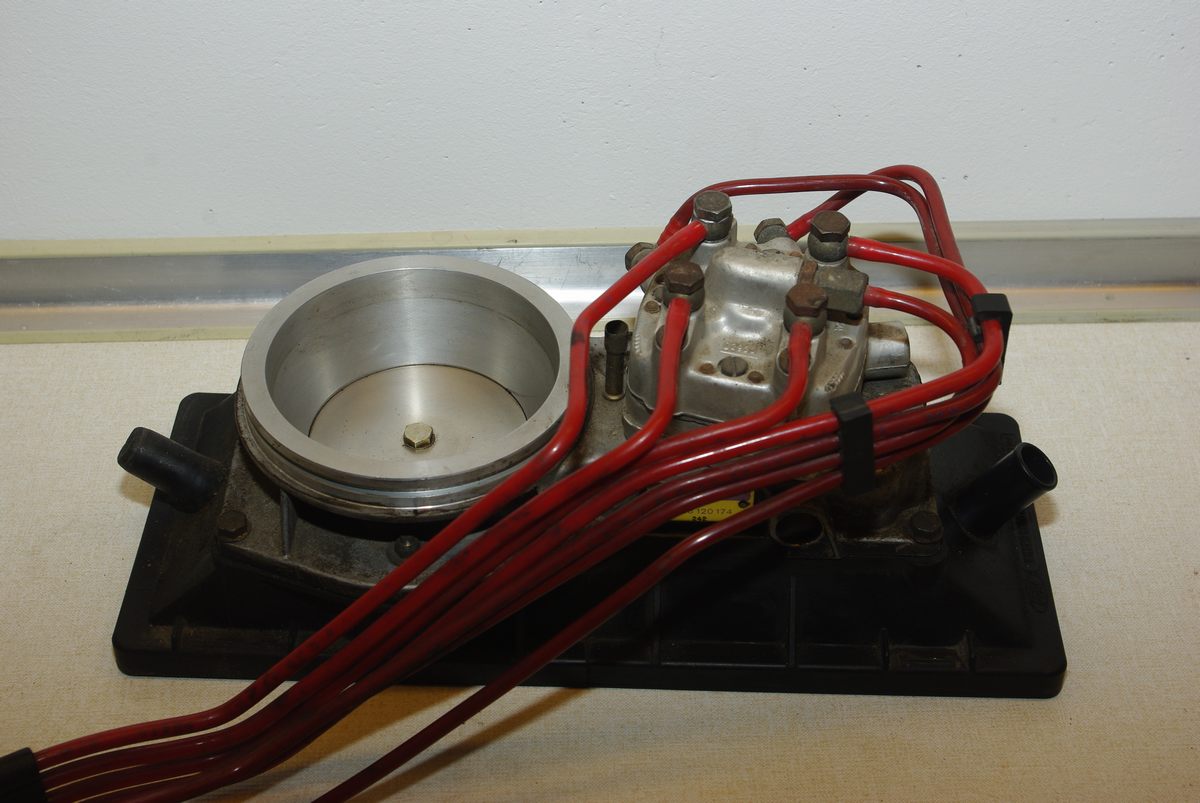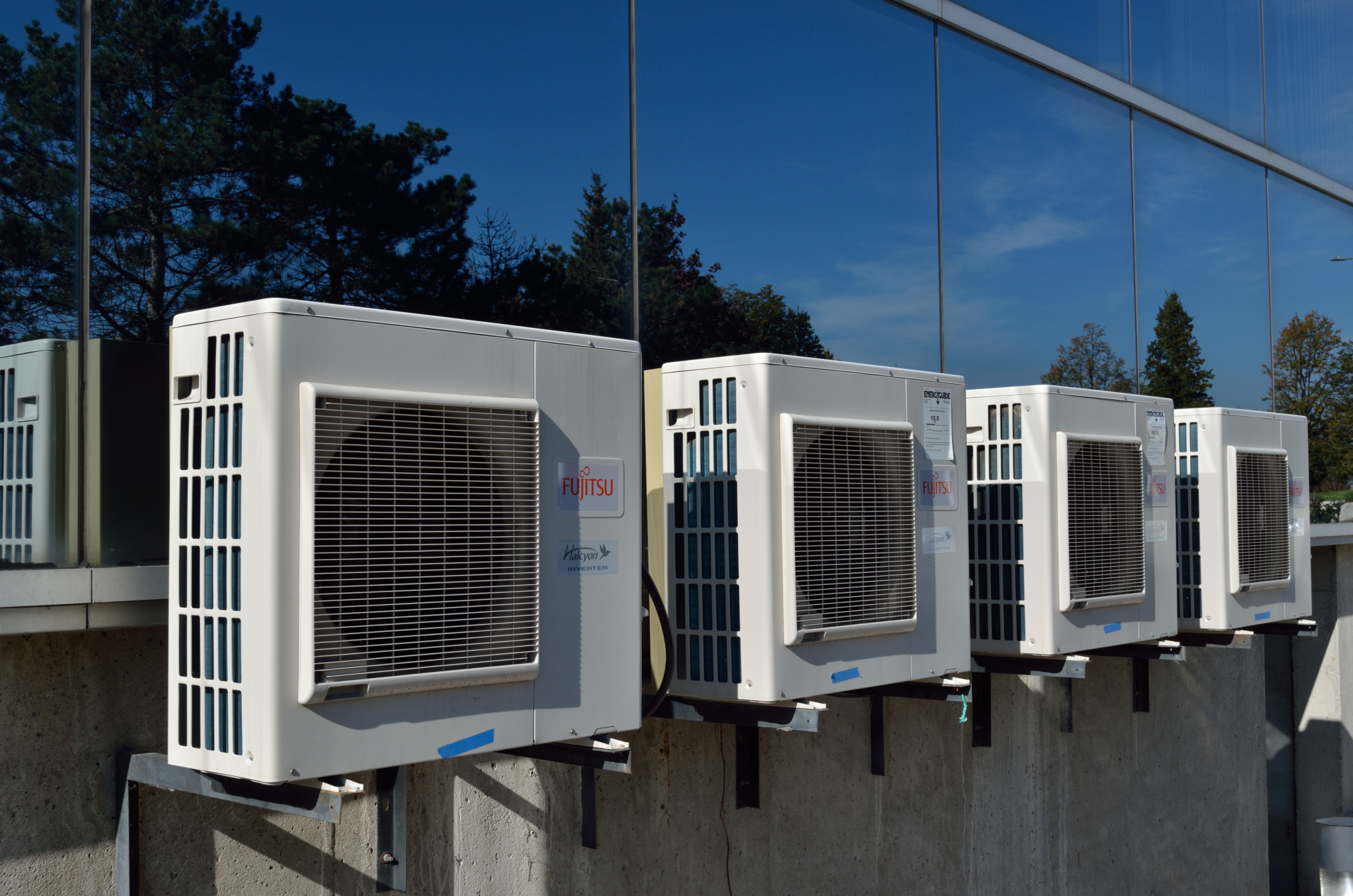|
Dacia Solenza
The Dacia Solenza was a subcompact/supermini liftback automobile produced by Romanian auto manufacturer Automobile Dacia, Dacia from March 2003 to July 2005. It was the last model on Dacia's own platform, but was one of the first models to benefit from Dacia's takeover by the France, French company Renault. History The Dacia Solenza was a small liftback produced from 2003 to 2005. It was a reshaped version of the Dacia SupeRNova, which in turn was an improved version of the Dacia Nova. Production of the Solenza ceased in 2005, when Dacia Logan was introduced. The Solenza was initially developed in five versions, depending on its features: Europa, Confort, Rapsodie, Clima and Scala. The top version was Scala, which included air conditioning, power steering, alloy wheels, driver airbag, electric windows, a CD player and many other features known for the first time on a Dacia car. The air conditioning was not available with the diesel engine because they were not compatible, so th ... [...More Info...] [...Related Items...] OR: [Wikipedia] [Google] [Baidu] |
Automobile Dacia
S.C. Automobile Dacia S.A., commonly known as Dacia (), is a Romanian car manufacturer that takes its name from the historical region that constitutes present-day Romania. The company was established in 1966. In 1999, after 33 years, the Romanian government sold Dacia to the French car manufacturer Groupe Renault. It is Romania's largest company by revenue and the largest exporter, constituting 8% of the country's total exports in 2018. In 2024, the Dacia marque sold 676,340 passenger and commercial vehicles. From January 2021 onwards the Dacia company became part of Renault's Dacia-Lada business unit. In May 2022, Renault sold Lada's parent company AvtoVAZ to Russian state-owned institute NAMI. History The first facility in the area was built between 1942 and 1945, as an extension of the IAR aircraft manufacturer. The new factory, built in the Colibași-Pitești area under the order of Marshal Ion Antonescu ('' conducător'' of Romania during World War II), was scheduled ... [...More Info...] [...Related Items...] OR: [Wikipedia] [Google] [Baidu] |
Dacia Logan
The Dacia Logan is a family of automobiles produced and marketed jointly by the French manufacturer Renault and its Romanian subsidiary Dacia since mid-2004, and was the successor to the Dacia 1310 and Dacia Solenza. It has been produced as a sedan, station wagon, and as a pick-up. It has been manufactured at Dacia's automobile plant in Mioveni, Romania, and at Renault (or its partners') plants in Morocco, Brazil, Argentina, Turkey, Russia, Colombia, Iran and India. The pick-up has also been produced at Nissan's plant in Rosslyn, South Africa. It has also been marketed as the Renault Logan, Nissan Aprio, Mahindra Verito, Renault L90, Lada Largus (the MCV), Nissan NP200 (the pick-up), Renault Symbol (Mk3), Renault Taliant, and as the Renault Tondar 90 depending on the existing presence or positioning of the Renault brand. Since its launch, the Dacia Logan was estimated to have reached over 4 million sales worldwide as of 2018. __TOC__ First generation (L90/U90/ ... [...More Info...] [...Related Items...] OR: [Wikipedia] [Google] [Baidu] |
Revolutions Per Minute
Revolutions per minute (abbreviated rpm, RPM, rev/min, r/min, or r⋅min−1) is a unit of rotational speed (or rotational frequency) for rotating machines. One revolution per minute is equivalent to hertz. Standards ISO 80000-3:2019 defines a physical quantity called ''rotation'' (or ''number of revolutions''), dimensionless, whose instantaneous rate of change is called ''rotational frequency'' (or ''rate of rotation''), with units of reciprocal seconds (s−1). A related but distinct quantity for describing rotation is ''angular frequency'' (or ''angular speed'', the magnitude of angular velocity), for which the SI unit is the radian per second (rad/s). Although they have the same dimensions (reciprocal time) and base unit (s−1), the hertz (Hz) and radians per second (rad/s) are special names used to express two different but proportional ISQ quantities: frequency and angular frequency, respectively. The conversions between a frequency and an angular frequency ... [...More Info...] [...Related Items...] OR: [Wikipedia] [Google] [Baidu] |
SOHC
An overhead camshaft (OHC) engine is a piston engine in which the camshaft is located in the cylinder head above the combustion chamber. This contrasts with earlier overhead valve engines (OHV), where the camshaft is located below the combustion chamber in the engine block. ''Single overhead camshaft'' (SOHC) engines have one camshaft per bank of cylinders. ''Dual overhead camshaft'' (DOHC, also known as "twin-cam") engines have two camshafts per bank. The first production car to use a DOHC engine was built in 1910. Use of DOHC engines slowly increased from the 1940s, leading to many automobiles by the early 2000s using DOHC engines. Design In an OHC engine, the camshaft is located at the top of the engine, above the combustion chamber. This contrasts the earlier overhead valve engine (OHV) and flathead engine configurations, where the camshaft is located down in the engine block. The valves in both OHC and OHV engines are located above the combustion chamber; however ... [...More Info...] [...Related Items...] OR: [Wikipedia] [Google] [Baidu] |
Manifold Injection
Manifold injection is a mixture formation system for internal combustion engines with external mixture formation. It is commonly used in engines with spark ignition that use petrol as fuel, such as the Otto cycle, Otto engine, and the Wankel engine. In a manifold-injected engine, the fuel is injected into the intake manifold, where it begins forming a combustible air-fuel mixture with the air. As soon as the intake valve opens, the piston starts sucking in the still forming mixture. Usually, this mixture is relatively homogeneous, and, at least in production engines for passenger cars, approximately stochiometry, stoichiometric; this means that there is an even distribution of fuel and air across the combustion chamber, and enough, but not more air present than what is required for the fuel's complete combustion. The injection timing and measuring of the fuel amount can be controlled either mechanically (by a fuel distributor), or electronically (by an engine control unit). Since the ... [...More Info...] [...Related Items...] OR: [Wikipedia] [Google] [Baidu] |
Petrol
Gasoline (North American English) or petrol ( Commonwealth English) is a petrochemical product characterized as a transparent, yellowish, and flammable liquid normally used as a fuel for spark-ignited internal combustion engines. When formulated as a fuel for engines, gasoline is chemically composed of organic compounds derived from the fractional distillation of petroleum and later chemically enhanced with gasoline additives. It is a high-volume profitable product produced in crude oil refineries. The ability of a particular gasoline blend to resist premature ignition (which causes knocking and reduces efficiency in reciprocating engines) is measured by its octane rating. Tetraethyl lead was once widely used to increase the octane rating but is not used in modern automotive gasoline due to the health hazard. Aviation, off-road motor vehicles, and racing car engines still use leaded gasolines. Other substances are frequently added to gasoline to improve chemical stabilit ... [...More Info...] [...Related Items...] OR: [Wikipedia] [Google] [Baidu] |
Gearbox
A transmission (also called a gearbox) is a mechanical device invented by Louis Renault (who founded Renault) which uses a gear set—two or more gears working together—to change the speed, direction of rotation, or torque multiplication/reduction in a machine. Transmissions can have a single fixed-gear ratio, multiple distinct gear ratios, or continuously variable ratios. Variable-ratio transmissions are used in all sorts of machinery, especially vehicles. Applications Early uses Early transmissions included the right-angle drives and other gearing in windmills, horse-powered devices, and steam-powered devices. Applications of these devices included pumps, mills and hoists. Bicycles Bicycles traditionally have used hub gear or Derailleur gear transmissions, but there are other more recent design innovations. Automobiles Since the torque and power output of an internal combustion engine (ICE) varies with its rpm, automobiles powered by ICEs require multiple ... [...More Info...] [...Related Items...] OR: [Wikipedia] [Google] [Baidu] |
No Frills
A no-frills or no frills service or product is one for which the non-essential features have been removed to keep the price low. The term "Ruffle (sewing), frills" originally refers to a style of fabric decoration. Something offered to customers for no additional charge may be designated as a "frill" – for example, free drinks on airline journeys, or a radio installed in a rental car. No-frills businesses operate on the principle that by removing luxurious additions, customers may be offered lower prices. Common products and services for which no-frills brands exist include budget airlines, supermarkets, Tourism, vacations and used car, used vehicles. Supermarkets No-frills supermarkets are recognisable by their store design and business model. *They do not decorate aisles. Prices are given on plain labels. *Queueing at the checkout lane, checkout is relatively common, as staffing levels reflect average demand rather than peak demand. At actual peak times, customers often have ... [...More Info...] [...Related Items...] OR: [Wikipedia] [Google] [Baidu] |
Air Conditioning
Air conditioning, often abbreviated as A/C (US) or air con (UK), is the process of removing heat from an enclosed space to achieve a more comfortable interior temperature, and in some cases, also controlling the humidity of internal air. Air conditioning can be achieved using a mechanical 'air conditioner' or through other methods, such as passive cooling and ventilative cooling. Air conditioning is a member of a family of systems and techniques that provide Heating, ventilation, and air conditioning, heating, ventilation, and air conditioning (HVAC). Heat pumps are similar in many ways to air conditioners but use a reversing valve, allowing them to both heat and cool an enclosed space. Air conditioners, which typically use vapor-compression refrigeration, range in size from small units used in vehicles or single rooms to massive units that can cool large buildings. Air source heat pumps, which can be used for heating as well as cooling, are becoming increasingly common in cool ... [...More Info...] [...Related Items...] OR: [Wikipedia] [Google] [Baidu] |
Dacia Nova
The Dacia Nova () is a subcompact/supermini car manufactured by Romanian auto maker Dacia from 1995 to 2000. History The Dacia Nova was the first in-house developed Dacia model and it was intended to complement the Renault 12-based " Berlina" (Sedan) and "Break" (Estate) range, with a small liftback/fastback. Work for this model had started in the 1980s, this being the reason why the car looked outdated from the time it first left the factory, in 1995. The next year, the more modern-looking and more popular, facelifted version was introduced. The liftback/fastback body housed a transversely mounted, front-engined, front-wheel-drive layout, offering five doors and five seats. The engine was the old Cléon-based unit from the rest of the Dacia range, although the 1.6l GT version was fuel injected with a Bosch MonoMotronic in 1998 (hence GTi). The GT version was fueled by a double-barrelled Carfil carburettor, sourced from the Oltcit supermini, which offered very good performan ... [...More Info...] [...Related Items...] OR: [Wikipedia] [Google] [Baidu] |
Renault
Renault S.A., commonly referred to as Groupe Renault ( , , , also known as the Renault Group in English), is a French Multinational corporation, multinational Automotive industry, automobile manufacturer established in 1899. The company currently produces a range of cars and vans. It has manufactured trucks, tractors, tanks, buses/coaches, aircraft and aircraft engines, as well as autorail vehicles. Headquartered in Boulogne-Billancourt, near Paris, the Renault group is made up of the namesake Renault marque along with subsidiaries Automobiles Alpine, Alpine, Automobile Dacia, Dacia from Romania, and Mobilize (marque), Mobilize. It is part of Renault–Nissan–Mitsubishi Alliance (previously Renault–Nissan Alliance) since 1999. The French state and Nissan each own a 15% share of the company. Renault also has other subsidiaries such as RCI Banque (automotive financing), Renault Retail Group (automotive distribution), and Motrio (automotive parts). Renault has various joint ... [...More Info...] [...Related Items...] OR: [Wikipedia] [Google] [Baidu] |





